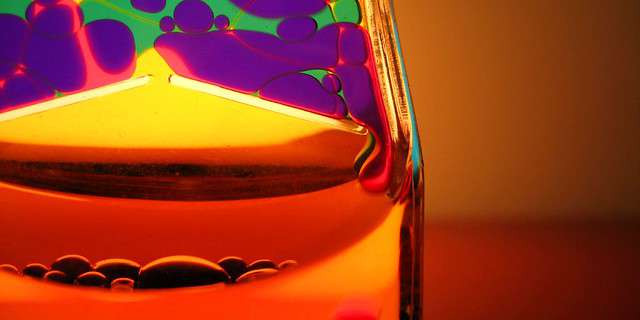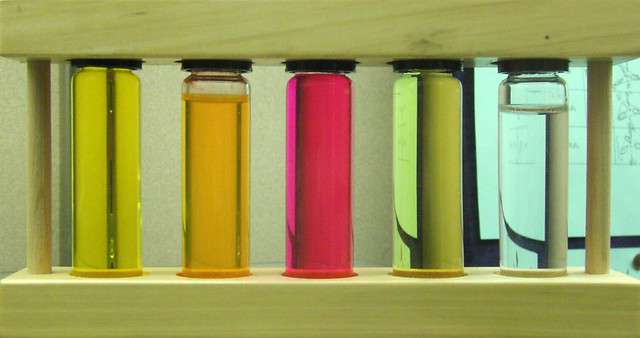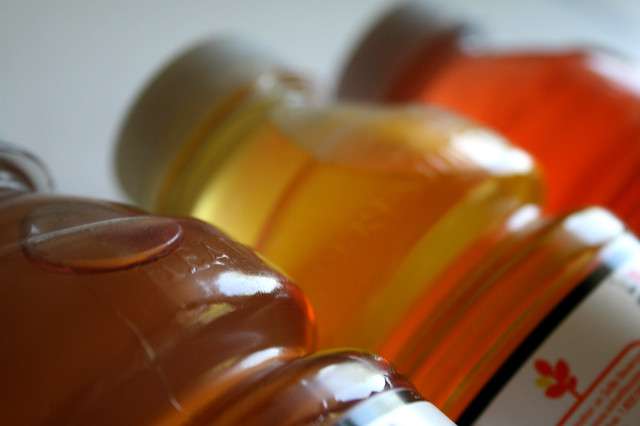The Beer-Lambert Law
Understanding the relation between absorption and transmittance data requires the use of the Beer-Lambert Law, which is a specific formula that provides a percentage value for light transmittance. As light passes through a sample, a certain level of absorption takes place and the radiation that passes through the sample can be measured as radiant power P0 . The amount of radiation absorbed can be measured in several ways using spectrophotometric technology2 as shown below:
Transmittance: T = P / P
% Transmittance: %T = 100 T
Absorbance:
A = log10 P / P
A = log10 1 / T
A = log10 100 / %T
A = 2 – log10 %T
The last equation, A = 2 – log10 %T, is most commonly used because it allows for easy calculation of absorbance from percentage transmittance data. This data can then be used to differentiate the properties of a specific compound. Applications in food science, clinical medicine, pharmaceuticals, and chemical industries all utilize this color technology formula to classify specific compounds, quantify data for repeatability, identify changes, and measure compound purity for safety and consistency.
Advanced Spectrophotometric Technology
Color technology and spectrophotometry have seen many advancements since the early 1940s.3 Today’s spectrophotometers are available in a wide range of options that are specifically tailored to meet industry needs and regulations. These options include in-line production measurement tools, as well as portable or benchtop models. The ability to rapidly and repeatedly evaluate materials for quality, consistency, and safety makes spectrophotometers an ideal choice among color technology instrumentation. The durable and efficient design allow for numerous applications in production and laboratory settings, as well as in the field.




